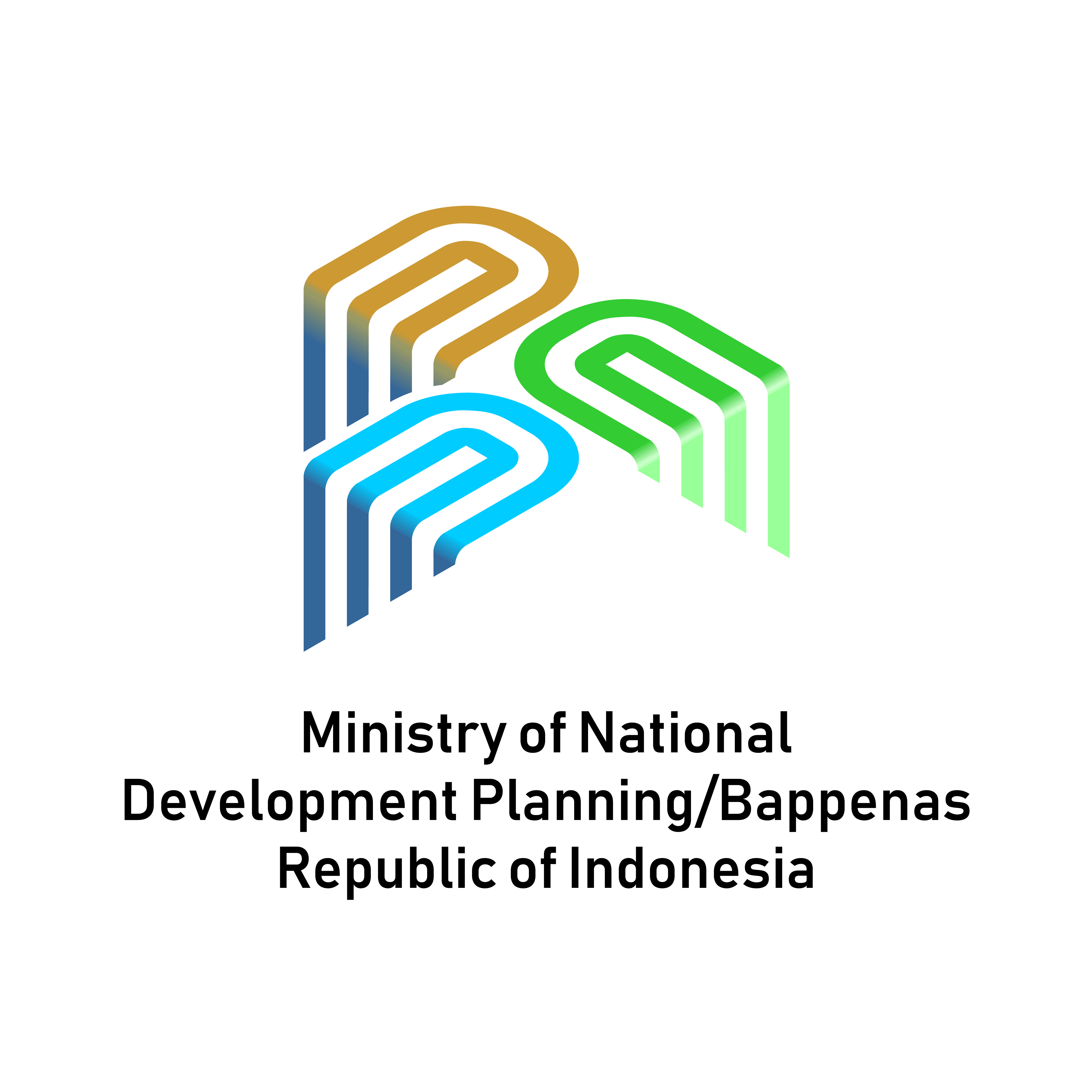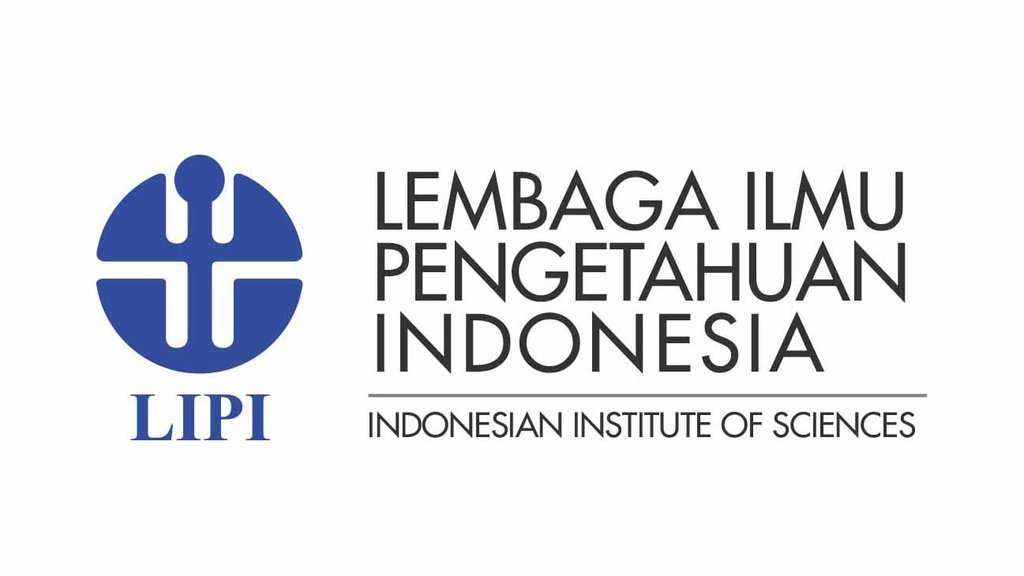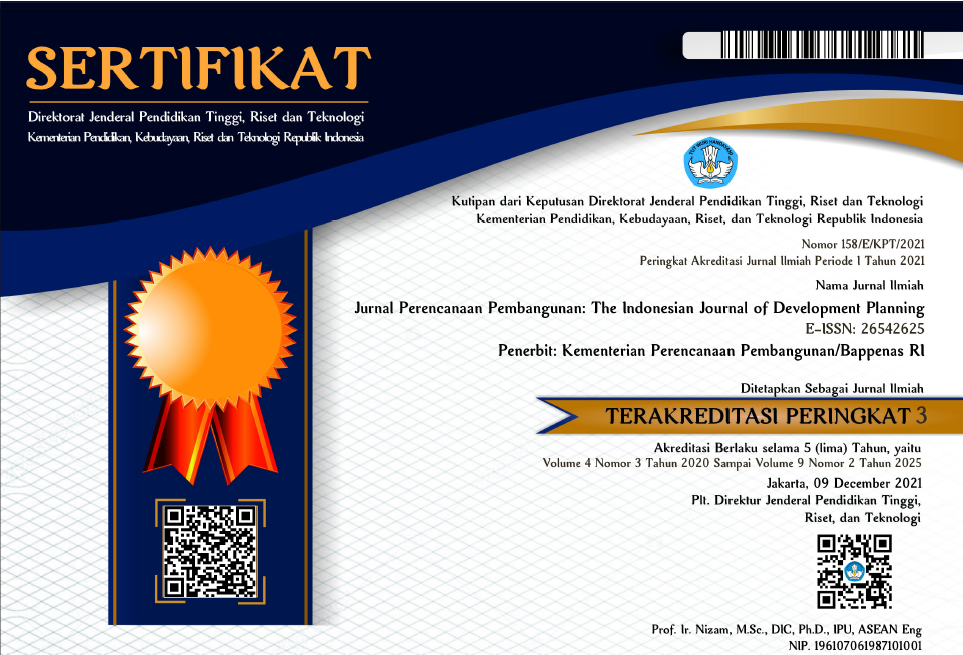Sustainability Analysis of Primary Forest Areas in The Perspective of Income and Gross Domestic Regional Product Inequality (Vector Autoregressive Approach)
DOI:
https://doi.org/10.36574/jpp.v7i1.369Keywords:
primary forest, income inequality, vektor autoregressive, economic growt, JambiAbstract
Jambi Province is a province on Sumatra Island with a land area of 5,016,005 hectares, of which 2,098,535 ha are forest areas. With the potential of existing resources, Jambi province's economic growth in the last ten years has been on a positive trend, but for the period 2006 to 2018, experienced significant land degradation which causes the shrinkage of the province natural forest areas. This research aims to analyze the relationship that occurs between variables of primary forest areas, income inequality, and economic growth in Jambi Province by using the vector autoregression method followed by stationarity test, optimum lag test, cointegration test, var stability test, variance decomposition, and granger causality test. Based on the causality of the three research variables, the Granger causality test results indicate that there is a unidirectional causality between income inequality that occurs in Jambi Province and the percentage of primary forest area in Jambi Province that is still available. In addition, the results of the VAR analysis show that based on the t-statistic value, income inequality in period eight significantly affected the percentage of primary forest area in Jambi Province in the following year. Besides that, based on the coefficient, income inequality negatively affected primary forest areas the following year in period eight. The results of the Decomposition Variant test predicted that in period 1, the primary forest area variable affected 99.98% of the primary forest area variable. Income inequality had an effect of 0.02% on primary forest areas, and economic growth in period one did not affect primary forest areas. Predictions for the 10th period show that the primary forest area affects 52.62% of the primary forest area, while 29.81% and 17.56% of the primary forest area in the 10th period are affected by income inequality and economic growth. The analysis above shows the critical role of primary forests in Jambi Province for the existing inequality and economic growth in Jambi Province. Deforestation and non-optimal primary forest management can have a negative impact on the value of income inequality in Jambi Province. Therefore, a policy framework on forestry in Jambi Province is needed that involves the development of plantation forests as an effort that could overcome the decrease in wood supply.
Downloads
References
Boni, Y., & et all. (2021). Gini Ratio Analysis in North Buton Regency. International Research Journal of Management, IT & Social Sciences, 8(4).
Central Bureau of Statistics of Jambi Province. (2021). Jambi Province in Figures 2021 (Vol. 2021, Issue December).
Ewers, R. M. (2006). Interaction effects between economic development and forest cover determine deforestation rates. Global Environmental Change, 16(2), 161–169. https://doi.org/10.1016/J.GLOENVCHA.2005.12.001
Global Forest Watch. (2020). 10 countries are losing primary rainforests.
Hidayah, A. K. (2011). Ekonomi Hijau (Green Economy) Model Alternatif Peningkatan Kesejahteraan Ekonomi Masyarakat.
Leinenkugel, P., Wolters, M. L., Oppelt, N., & Kuenzer, C. (2015). Tree cover and forest cover dynamics in the Mekong Basin from 2001 to 2011. Remote Sensing of Environment, 158, 376–392. https://doi.org/10.1016/J.RSE.2014.10.021
Putri, Y. E., & Erita, E. (2019). Analisis Pertumbuhan Ekonomi Dan Ketimpangan Pendapatan, Panel Data Enam Provinsi di Pulau Jawa. Jurnal Inovasi Pendidikan Ekonomi, 9(1), 27. https://doi.org/10.24036/011041740
Sembiring, M. (2016). Analisis Vector Autoregresion (VAR) Terhadap Interrelationship Antara IPM Dan Pertumbuhan Ekonomi Di Sumatera Utara. EKONOMIKAWAN: Jurnal Ilmu Ekonomi Dan Studi Pembangunan, 16(2), 114–123. https://doi.org/10.30596/ekonomikawan.v16i2.939
Tambunan, M. (2005). Forestry Industry Restructuring towards Forest IKM-Based in Indonesia. Jurnal Kebijakan Ekonomi, 1(1).
Ulya, N. A. (2008). Analysis of Forestry Sector Linkages with other economics in Indonesia. Jurnal Peneitian Sosial Dan Ekonomi Kehutanan, 5(1).
Downloads
Published
How to Cite
Issue
Section
License
This is an open-access article distributed under the terms of the Creative Commons Attribution-NonCommercial-ShareAlike 4.0 International License. Copyright © Kementerian PPN/Bappenas RI


















